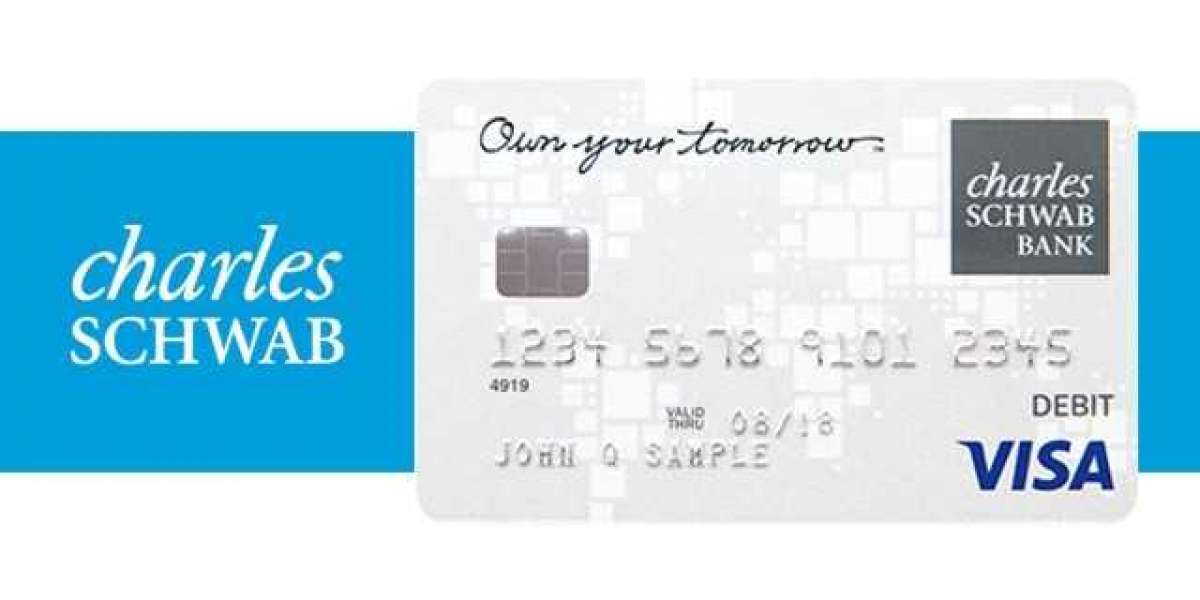Unlock the Secrets: Your Ultimate Guide to Using SIM Cards with Hotspot Devices!
In today's fast-paced world, staying connected is more important than ever. Whether you're working remotely, traveling, or simply need internet access on the go, hotspot devices paired with SIM cards have become essential tools for achieving mobile connectivity. Understanding the options and requirements for using a SIM card with a hotspot device is crucial to ensure seamless internet access wherever you are. This guide will explore everything you need to know about choosing the right SIM card, activating it, and selecting the best data plans to suit your needs.

Understanding SIM Cards and Hotspot Devices
A SIM card, or Subscriber Identity Module card, is a small chip that allows your mobile device to connect to a cellular network. Hotspot devices, on the other hand, act as a bridge, enabling multiple devices to access the internet by sharing a mobile data connection. When used together, a SIM card and a hotspot device create a powerful solution for internet access on the go. It's important to ensure that the SIM card you choose is compatible with your hotspot device, as not all SIM cards work with all devices. This compatibility is essential for optimal performance and connectivity.
Types of SIM Cards
There are several types of SIM cards available, including standard, micro, and nano SIM cards. Standard SIM cards are the largest and are often used in older devices, while micro SIMs are smaller and commonly found in smartphones. Nano SIM cards are the smallest of the three and are used in the latest mobile devices. Hotspot devices typically require a specific size of SIM card, so it's essential to check your device's specifications before making a purchase. Incompatibility can lead to frustration and wasted resources, which is why understanding the differences in size and compatibility is crucial.
Selecting the Right SIM Card for Your Hotspot Device
Choosing the right SIM card for your hotspot device involves several factors. First, consider the data plans offered by various carriers, as they can vary significantly in terms of pricing, data limits, and coverage areas. If you plan to use your hotspot device frequently, look for a plan that offers unlimited data or a high data cap. Additionally, assess the network coverage in your area; some carriers provide better service than others, especially in rural or less populated regions. Personal experiences from friends have shown that sometimes, testing out a carrier's service for a short period can be beneficial before committing to a long-term plan. Lastly, make sure your chosen SIM card is compatible with the specifications of your hotspot device.
Activation and Setup Process
Once you've selected the right SIM card, the next step is activation. Most carriers provide a straightforward activation process, which often involves inserting the SIM card into the hotspot device and following the on-screen instructions. It's essential to configure your device settings correctly to establish a connection. If you encounter issues, such as the device not recognizing the SIM card, ensure that the card is properly seated in its slot. Common troubleshooting tips include restarting the device, checking for software updates, and contacting customer support if problems persist. Having a friend who faced similar issues shared that patience is key, as activation might take a bit longer than expected.
Data Plans and Usage Considerations
When selecting a data plan for your hotspot device, consider the types available. Some plans are designed specifically for hotspot use and may offer higher data limits or no throttling after reaching a threshold. It's crucial to be aware of limitations, such as data caps and overage charges, which can lead to unexpected costs. Review the fine print of your plan to understand any throttling policies that may apply if you exceed your allotted data. Friends who have encountered unexpected charges emphasize the importance of monitoring usage regularly to avoid surprises at the end of the billing cycle.
Summary of Key Points
In conclusion, understanding how to effectively use a SIM card with a hotspot device is vital for anyone seeking reliable mobile connectivity. By familiarizing yourself with the types of SIM cards, selecting the right one based on your needs, and following the activation process, you can ensure a smooth experience. Remember to carefully evaluate data plans and usage considerations to avoid unexpected costs. With the right knowledge and preparation, you can enjoy seamless internet access wherever life takes you.








